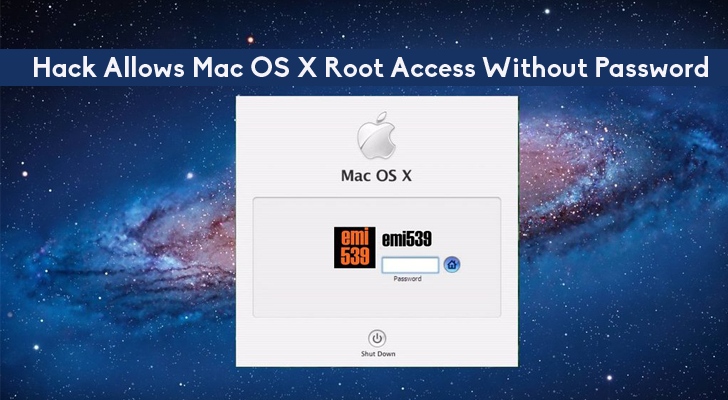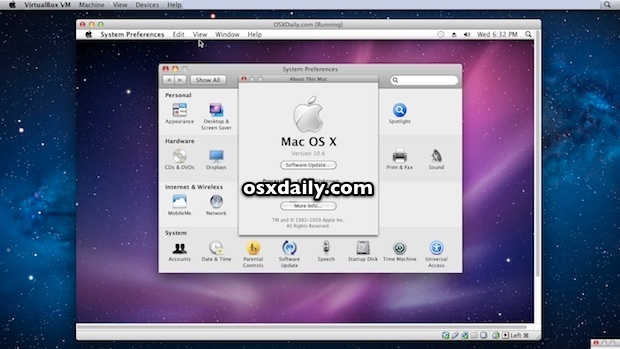Mac OS 10.13 High Sierra Update Features. Apple has wowed its loyal subject, once again, by introducing a new OS update. Beyond the newly enforced automatic security checks on EFI firmware being done each week, this new OS update, the macOS 10.13 High Sierra, comes with cool new features. My DisplayLink device does not work at all when connecting on macOS X; Cannot use Clamshell mode on macOS; How to enable an extended DisplayLink display on macOS 10.13.4-10.13.6 with 4.3; Mac OS X system does not boot correctly; Apple Cinema Displays: only 1 resolution available; Screen rotation option is not available on Mac OS X. This links works but if I can't download it even to install on another Mac because I'm already running El Capitan:). Here is the direct download link for El Capitan. Installing OS X not from App Store.
Ever since the release of Mac OS Lion the software upgrades for Macintosh computers are distributed through the online app store. Be it a clean install or upgrade, mac app store require you connect to the internet to download whole installation files. The online OS update is okay if you have stable broadband connectivity and enough bandwidth. Apple also provides an option for internet recovery of macOS if your computer fails to boot. But there are situations where you can’t download the OS from the Apple servers. Having a bootable macOS offline installation disk is the only solution in such scenarios.
How to make a macOS bootable USB installer

It is possible to create a backup macOS installer on a DVD or USB drive but later is the best choice. Most of the Macs these days don’t have DVD slots, and the installation through a disc is very slow. Hence we discuss only about making macOS recovery installer on a USB disc. For this you need a Mac and a USB pen drive of at least 8 GB space, and a third-party app called DiskMaker.
- First, download a copy of Disk Maker from the official website.
- Choose a version as per your requirement. For example, if you want make USB installer for macOS Catalina 10.15, download Disk Maker X 9.
- I use an MacBook Pro with High Sierra. Hence, I’m downloading disk maker X 7.
- The next step is to download full macOS installer from the App Store to your Applications folder.
- Run Disk Maker DMG installer and copy the app to the Applications.
- The application will automatically detect the downloaded macOS as shown in the screenshot. Select “Use this Copy” if you would like to proceed with it.
- Next is setting the USB pen drive for creating the bootable installer. Choose the third option ” An 8 GB USB Thumb drive.”
- The app will list all drives in your system. Pick the one you would like use as macOS USB installer.
- Ignore the warning message and proceed to Erase and Create macOS USB disk. Don’t forget to provide your admin password when it prompts.
- Keep checking notifications tab for progress. When it completes you will find Install macOS Mojave (or High Sierra) mounted to your desktop as a USB disk.
- That’s your backup. Unmount and keep the USB installer to a safe place.
What is the alternative if I don’t have usable Mac at the moment?
This method is applicable when you have a Mac, and the internet recovery fails. But think about a situation when your only Mac stops to boot, and you don’t have USB installer or TimeMachine backup! Downloading Mac OS DMG file might save you. If you have a macOS DMG, you can create bootable USB disk from a Windows PC — use a software like TransMac for this purpose.
Download Link Not Appearing Mac Os X 10.10
Clean installing or restoring a Mac offline with USB pen drive
As said earlier, you could use the macOS USB installer to do a clean install or restore it upon a boot failure. Just connect the USB disk and press the Option/Alt Key when you hear the boot sound. The Mac will then display all the startup disks available.

Mac Os Download For Windows
Pick the USB drive with the label “Install macOS Mojave or High Sierra” and follow on-screen instructions to complete the installation. If you need, use the Disk Utility to format the drive for doing a clean install.